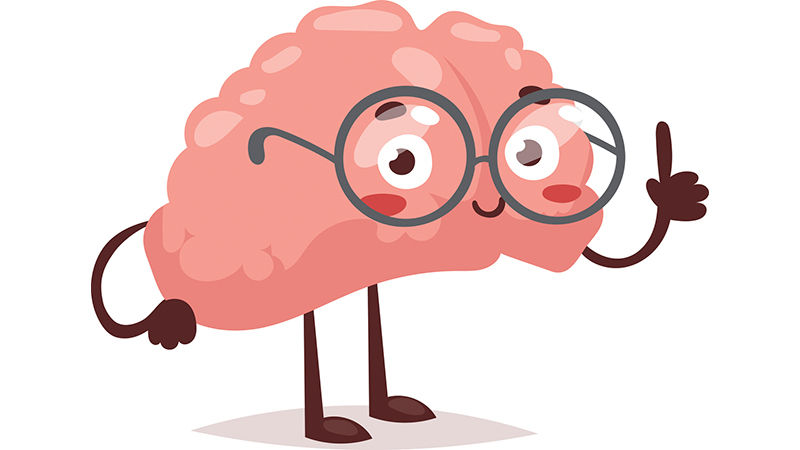Your "Plastic" Brain
- Cyrilia Reneldy K.
- May 30, 2021
- 3 min read
Updated: May 30, 2021
Our brains is structurally and functionally shaped by everything we do - and everything we don't do.

A couple of months ago, I found an interesting talk show on the TEDx Talk youtube channel. The speaker is Dr. Lara Boyd, a Neuroscientist and Physical Therapist at the University of British Columbia. The topic she brought up was "Brain Plasticity". For a split second, it sounds kinda strange, right? What is the correlation between plastic and our brains?
According to research that has been done by Dr. Lara Boyd, it turns out that our brains have "plasticity" properties. Plasticity here means the quality of being easily shaped or molded.
Little did we know, every time we learn a new fact or skill, we change our brains. It's called "neuroplasticity". Those changes aren't limited by age and happen all the time. So, our brains have been structurally and functionally shaped by everything we do - and everything we don't do.
Based on Dr. Lara Boyd's research, she concluded the brain can change in 3 basic ways to support learning:
Chemical changes -> support short-term memories.
Structural changes -> related to long-term memories.
Function changes -> as we use a brain region, it becomes more excitable and easy to use again.
We should know that an increased difficulty during practice leads to both more learning and greater structural change in the brain.
Have you ever wondered, why it is so easy for your friend to understand a subject? Or, why could they solve an equation with just one example from the teacher? Meanwhile, you must read something twice -or more-, try to work on various examples, before really understand a subject. There are people that can understand a thing by listening to other people's explanation, while there are some people that can get a good grip of a subject just by looking at its related picture.
From the examples I said earlier, we can see that there is no recipe for learning. Our brain and how it works are different for each and every person. For some of us, it's gonna take a lot more practice, and for others, it may take far less. That's why we have to find our own effective method to learn. It is what people called personalized learning. We should take a look at our own self, and design our own way to get the best at learning. Even the patterns of neuroplasticity are different from person to person. There is no drug for increasing the brain's neuroplasticity. The primary driver of change in our brain is our own behaviors. Oh, and don't forget about this: Nothing is more effective than practice at helping us learning something.
Behaviors that we employ in our daily life are important. Each of them is changing our brain. I said earlier that our brains are also shaped by everything we don't do. This statement means if we don't do any brain exercise like learning something new, solving a problem, recalling a class or subject. If we don't do any of those in our daily life, our brains will become dull and it will be more difficult for us to understand something, or to find the best solution to our problem. We got to study how and what we learn best. Repeat those behaviors that are healthy for our brain, and break those that are not.
We and our "plastic" brain are constantly being shaped by the world around us. Everything we do/experience/encounter can change our brain. And that can be for the better, but it can also be for the worse.
*You can watch the video here.

Remember to stick with a healthy habit for your brain
and stay away from the things that will destroy your brain,
okay? :)




Comments